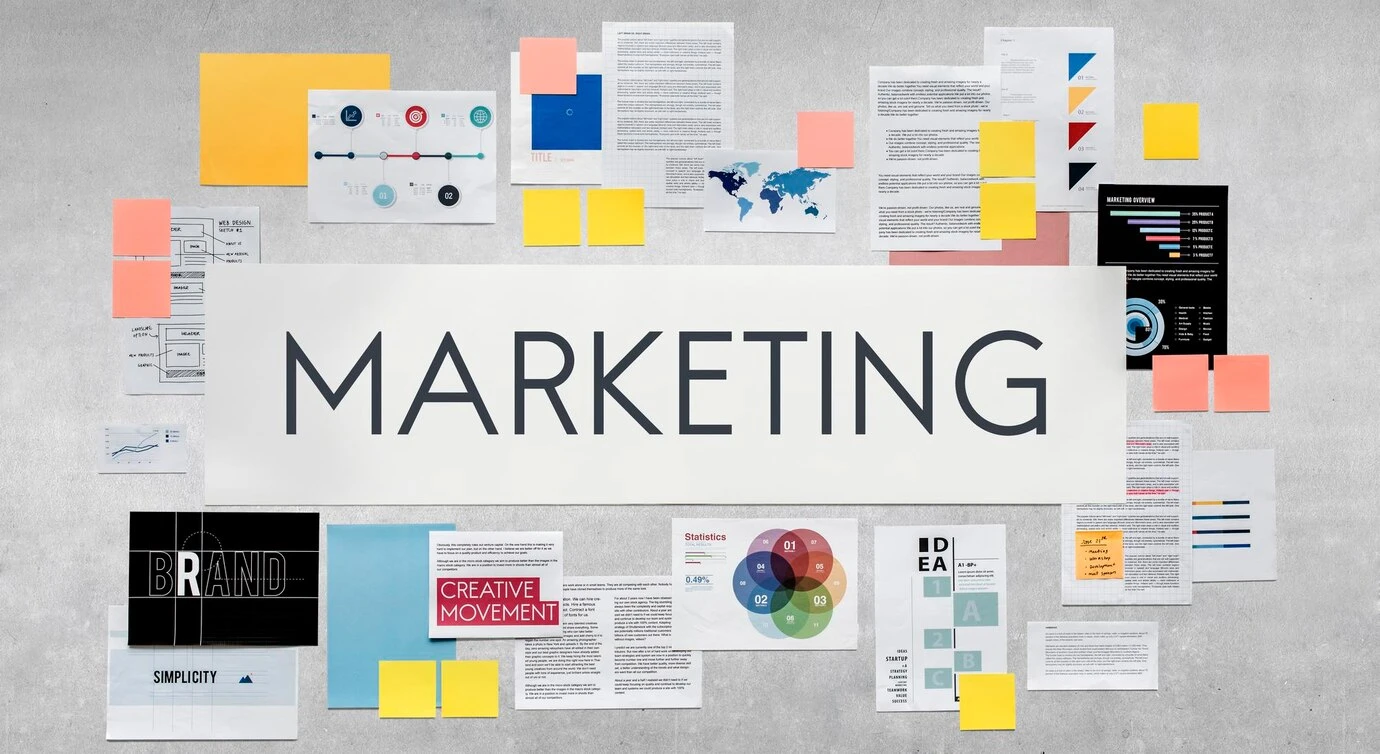How To Create Successful Digital Marketing Strategies For Your Business
In today's digital world, digital marketing has become a necessity for any company aiming for success. Through effective e-marketing strategies, businesses can reach a broader audience, build customer relationships, and achieve their business goals.

Answering the question "What are international e-marketing strategies?" can be summarized as follows:
E-marketing strategies are a set of plans and actions implemented to promote the brand, increase sales, and reach the target audience through electronic channels, such as websites, applications, and social media.

E-marketing strategies are crucial because they help companies achieve their business goals. By defining your objectives, identifying your target audience, and choosing the marketing channels, you can create an effective marketing plan to reach your audience and achieve your goals. Here are some specific benefits of marketing strategy:
Achieving Business Goals
Helps in setting and achieving business goals. Allows for the creation of an effective marketing plan focused on attracting potential customers and converting them into clients.
Reaching Your Target Audience
Assists in reaching your target audience more effectively. By understanding who your potential customers are and what they care about, you can determine the marketing channels likely to reach them.
Improving Marketing Campaign Effectiveness
Helps in improving the effectiveness of marketing campaigns. By measuring the results of your marketing campaigns, you can identify what works and what doesn't, allowing you to adjust your strategy accordingly.

Here are steps for developing an e-marketing strategy:
Define Your Objectives
The first step is to clearly define your objectives. What do you want to achieve through your marketing strategies? Whether it's increasing sales, attracting more potential customers, or building brand awareness, defining your objectives helps track progress accurately.
Understand Your Target Audience
The second step is to understand your target audience. Who are your potential customers? What are their needs and interests? Better understanding your target audience allows you to create content and marketing campaigns that capture their attention and meet their needs.
Choose the Right Channels
The third step is to choose the appropriate marketing channels. Which channels are likely to reach your target audience? There are various e-marketing channels available, such as search engines (SEO and SEM), social media, email, content marketing, and video marketing. Select channels that align with your goals and target audience.
Create High-Quality Content
The fourth step is to create high-quality content. Develop content that captures your audience's attention and fulfills their needs. Your content should be informative, useful, well-written, and easily readable. Create different types of content, such as articles, podcasts, videos, graphics, and presentations.
Measure Results
The final step is to measure the results. Monitor the outcomes of your marketing strategies and use data to improve them. Use web analytics tools to measure the results of your campaigns, including email and social media marketing. By measuring results, you can identify what works and what doesn't, then adjust your strategy accordingly.

Firstly: Paid E-Marketing Strategies
E-marketing strategies can be broadly categorized into two main types:
Paid Search Engine Marketing (SEM)
Using paid search ads to display your website in top search results.
Paid Social Media Marketing (SMM)
Using paid ads on social media platforms to display your advertisements.
Paid Video Marketing (VPM)
Using video ads to display your advertisements on video platforms.
Secondly: Organic (Non-Paid) E-Marketing Strategies
Non-paid marketing strategies involve creating high-quality and valuable content that captures the attention of your target audience. These strategies can lead to long-term results by helping you build a positive reputation and increase brand awareness. Here are some examples of non-paid marketing strategies:
Content Marketing
Creating and distributing high-quality content to attract potential customers.
Social Media Optimization (SMO)
Using social media to share content and increase brand awareness.
Email Marketing
Using email to send promotional messages to current and potential customers.
Affiliate Marketing
Marketing products or services through third-party affiliates.
Thirdly: The integration of E-Marketing Strategies
It's often beneficial to integrate various e-marketing strategies for maximum success. For example, using paid search marketing to attract new audiences and then using content marketing to convert them into customers.
E-marketing is a fundamental part of any modern marketing strategy. By utilizing various electronic channels, businesses can reach a wider audience and build stronger relationships with their customers. There are many different e-marketing strategies available, each with its advantages and drawbacks. When choosing which strategies to use, it's essential to consider your business goals and target audience.
Powered by Froala Editor







































